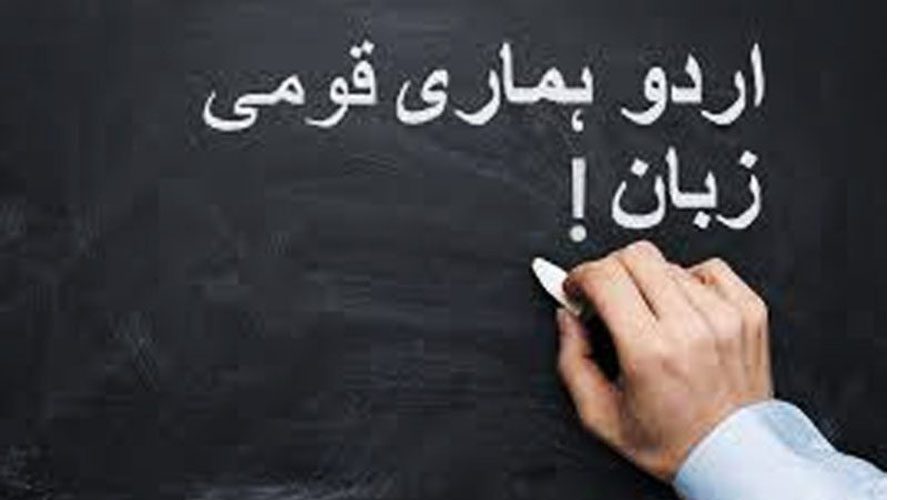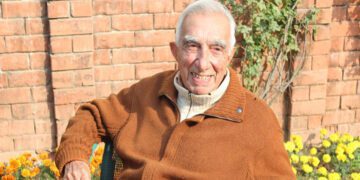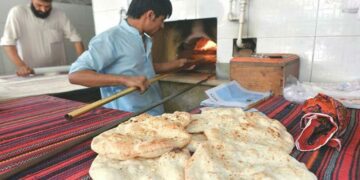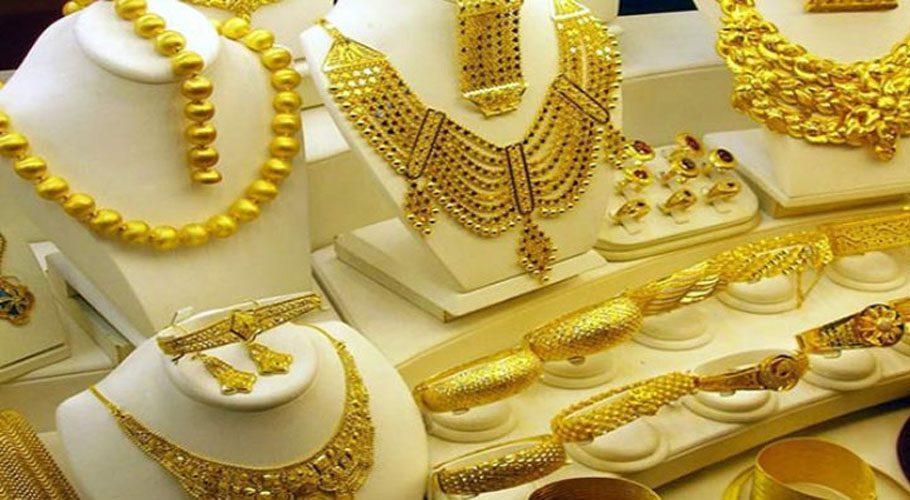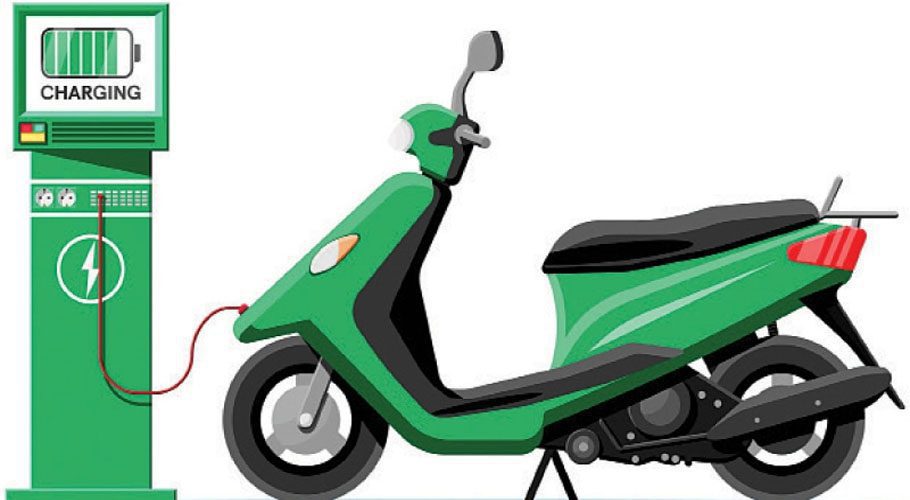![]() Follow Us on Google News
Follow Us on Google News
The political temperature is still on its top in the country after the trounce of the ruling party candidate, Dr Hafeez Sheikh, at the hands of the Pakistan Democratic Movement’s (PDM) nominee, Yousuf Raza Gilani, represented one of the major upsets in the Senate’s recent poll history.
Because it became such a high-stake election, as the whole membership of the National Assembly formed the Electoral College for Islamabad’s seat, its political shock was that much greater. It left the ruling party reeling from a major political setback faced in its occupancy.
The incumbent government was also unable to secure control of the Senate, despite winning more seats. It has 47 seats along with its alliance while opposition and allies have 53.
Following the polls, the opposition parties have managed to keep their majority in the upper house of parliament and are currently confident in the control of the top offices of chairman and deputy chairman.
Poll for Chairman, deputy chairman
The Upper House of Pakistan’s parliament will elect a new chairman on March 12, a day after the outgoing lot retires and on the day newly-elected members are take oaths.
The race is promising to be a hotly contested one between the PTI government alliance’s nominee Sadiq Sanjrani, the incumbent compete for a second term — and Yousaf Raza Gillani — the former prime minister who has been pitched by the opposition.
All eyes are on the poll, particularly after the Opposition, in a shock move, managed to secure enough votes on March 03 Senate elections to elect Yousaf Raza Gillani to a general seat from the lower house, which is dominated by the government coalition partners.
The selection process for the slots
The chairman and deputy chairman of the Senate are elected from amongst its members for a three-year term. The poll is held through a secret ballot and the candidate who secures the most number of votes would be declared winner, according to Article 60 of the Constitution.
On the other hand, in case two candidates get an equal number of votes; a fresh ballot will be held until one secures more votes than the other, according to defined law.
Political parties votes in the senate
PTI has become the largest party in the Senate of Pakistan by winning 26 seats while PPP is second and PML-N is third in this race. 20 senators from PPP and 17 senators from PML-N are present in the upper house.
The fourth-largest party in Balochistan Awami Party which has 13 senators, JUI-5, Muttahida 3 and Awami National and National Parties have 2, 2 senators respectively.
Functional League, Q League and Jamaat-e-Islami have 1, 1 senator. PK Map and Balochistan National Party will also have one representative each in the Senate. The number of independent senators is 6.
Will Sanjrani secure the post again?
If Sanjrani would able to corral enough votes, he will be elected to head the Upper House of Pakistan’s parliament for a second consecutive time. On the other hand, the opposition holds a slim majority in the Senate. Does that mean Gillani has a better shot?
General calculation
In the Upper House, there will be a total of 100 lawmakers on March 12 after the swearing-in. Currently, the ruling party and its partners— which include the Balochistan Awami Party (BAP), MQM-P and the PML-Q — won a combined 27 seats in the Senate.
The alliance also has the support of 19 legislators who will be staying for three-years. That brings the total number of senators behind the PTI and its partners to 46.
On the other hand, the PPP, PML-N, BNP-M and JUI-F won a combined 17 seats on March 03. They also have the support of 32 senators enduring in the house till 2024. The opposition has the support of 49 senators.
Though, from that total of 49, Ishaq Dar, the PML-N’s leader who was chosen senator in 2018 polls, has yet to take an oath and is certainly to be able to vote for the Senate chairman slot. If we examine the numbers the opposition certainty has only 48 senators, and the Senate itself will have 99 members proficient to vote.
It should be noted that the ruling party and opposition’s numbers combined (46+48 = 94) at a standstill leave 5 legislators to be accounted for. These are the legislators who will be key to influencing the final result. More on them below.
Who holds the cards?
There are some deciding causes that can lean the balance Senate chairman election in either the government or the opposition’s favor.
First factor -Jamaat-e-Islami
The Jamaat-e-Islami (JI) has one senator in the Upper House. While the party sits on the opposition benches, it has until now to frankly side with either the opposition alliance or ruling party. It can, for now, measured to be neutral.
In case the Jamaat-e-Islami refrains from voting, the maximum number of votes that can be polled falls to 98 on March 12, with 46 of those with the PTI coalition and 48 with the opposition parties, and 4 votes up for grabs.
The second factor –two independents
On March 03, two independent candidates were selected as senators from Balochistan. Their adherence is, as yet vague. One of them, Abdul Qadir, was earlier given a ruling party ticket, however, won the Senate poll with the shore up of BAP, a supporter of the PTI.
Qadir is expected to vote for government nominee Sanjrani. The other independent had joined the BNP-M just a day before the poll would have a decisive role.
Dividing the two between the government and the coalition partners gives us 47 votes for the ruling party and 49 for the PDM (with JI abstaining).
Third factor-ANP
As the ANP is otherwise a part of the opposition coalition, with the support of BAP it got one senator elected this year from the Balochistan assembly. At present, the ANP has two senators in the house. In case the ANP decides to return the favor, its two senators would give the PTI 49 votes, with the opposition commanding 49 votes.
Conclusion
In that situation, if the JI decides to back the PTI-nominated candidate, it would give Sanjrani 50 votes and a simple majority. If it refrains, there would be another round of voting (and another) till one or more of the voters cave in and vote for the opposite contender. Although, if the votes of Jamaat-e-Islami and Awani National Party favor to opposition’s Gillani, he will win with 52 votes.
However, as they say (and this is particularly true for Pakistani polls), there’s numerous slip between the cup and the lip: the selection is going to be through secret ballot, which has previously given us a surprise result on March 3, could the nation be in for another upset?
Most importantly, the government and opposition need to reflect on what happened on March 3 and learn lessons from a bruising experience that forced PM Imran a trust vote on it while left a huge stain of rigging on the opposition’s face.






